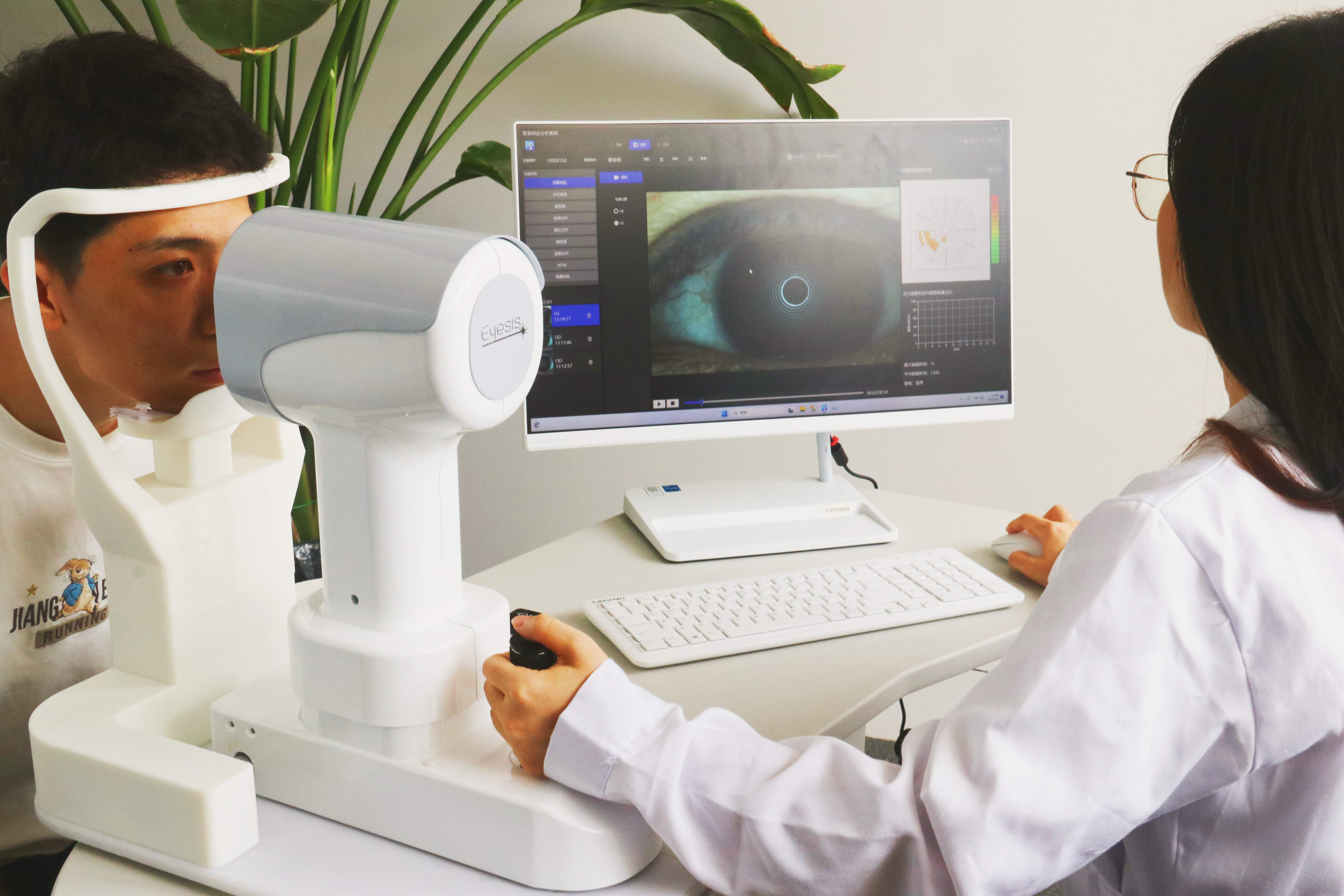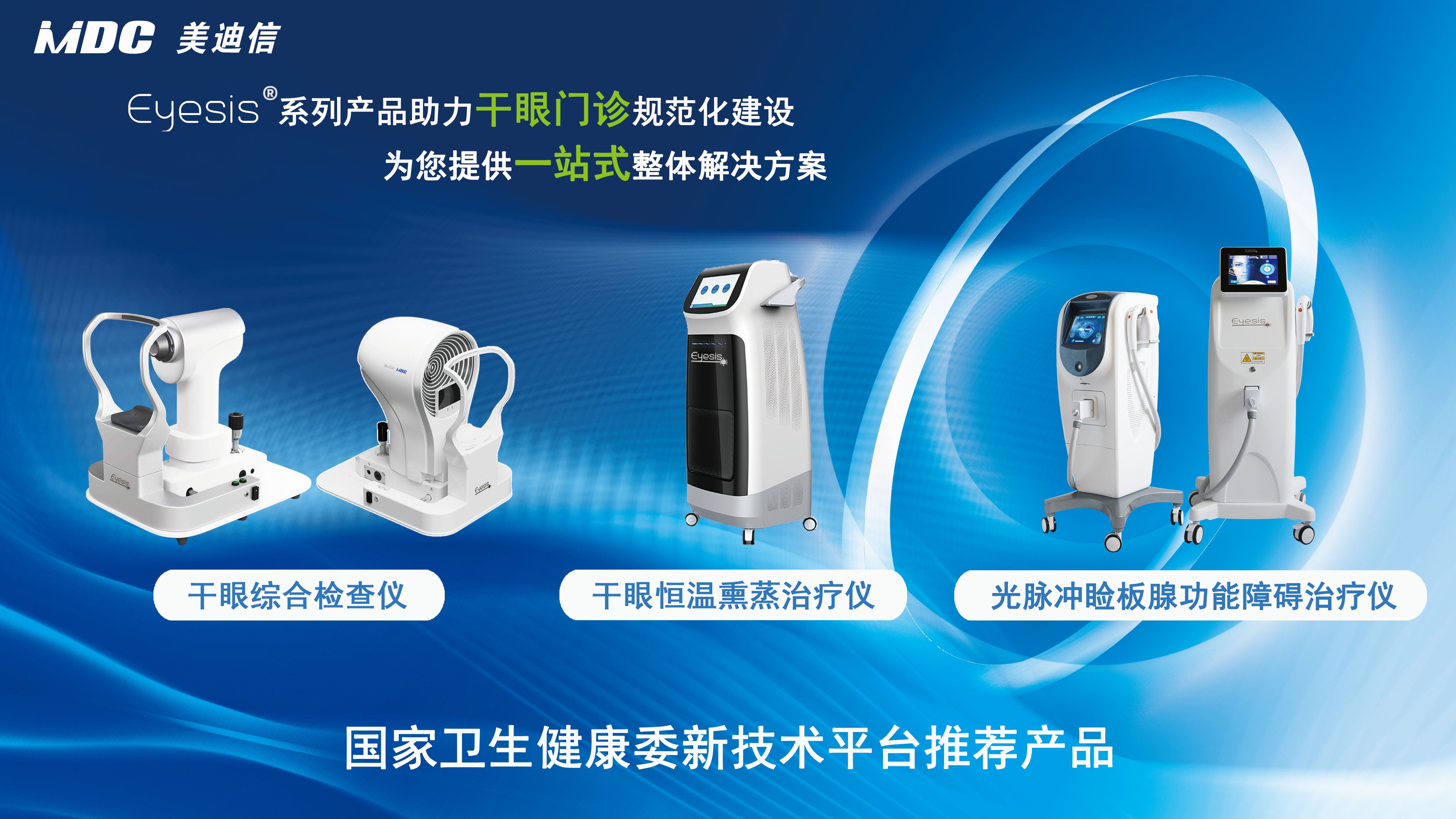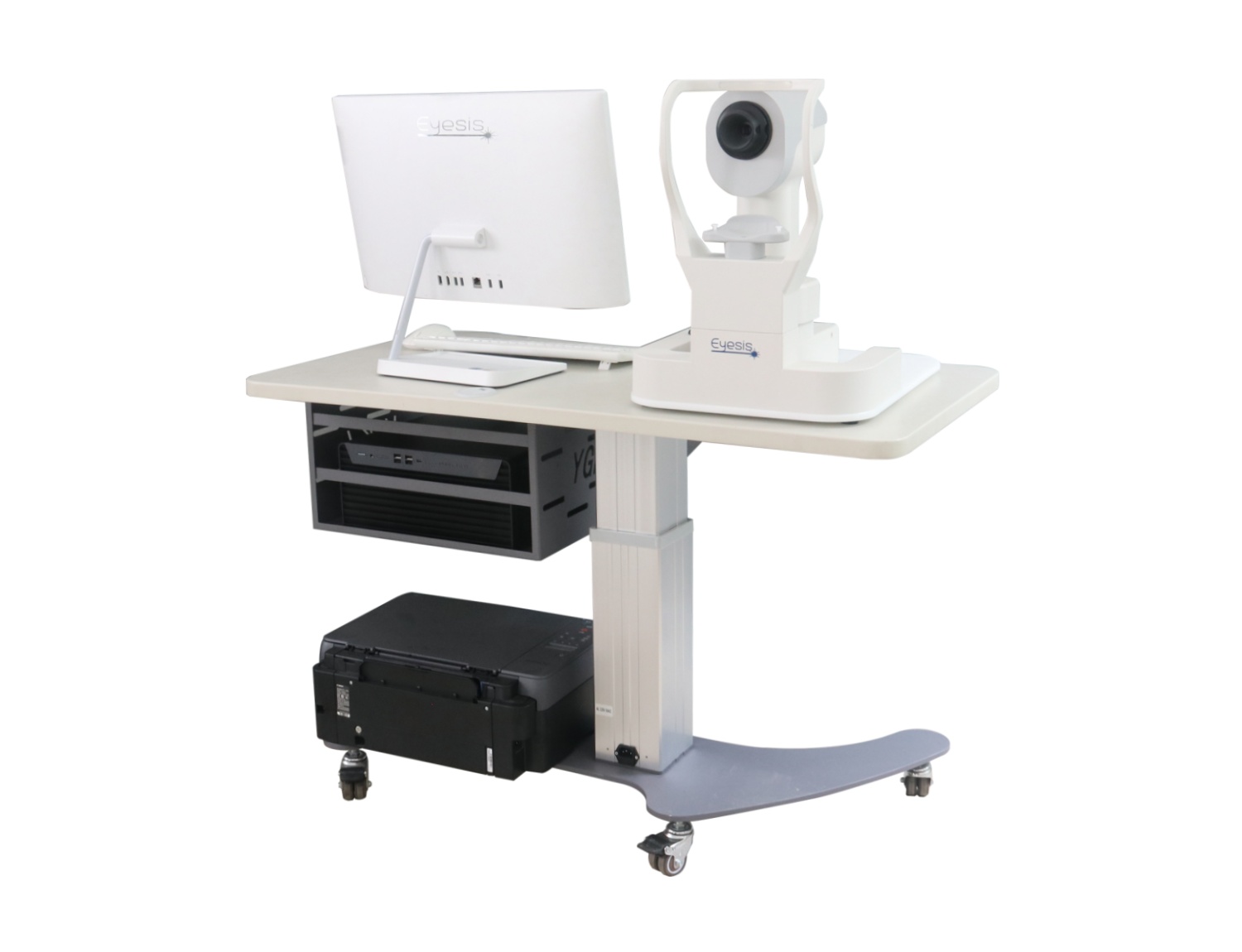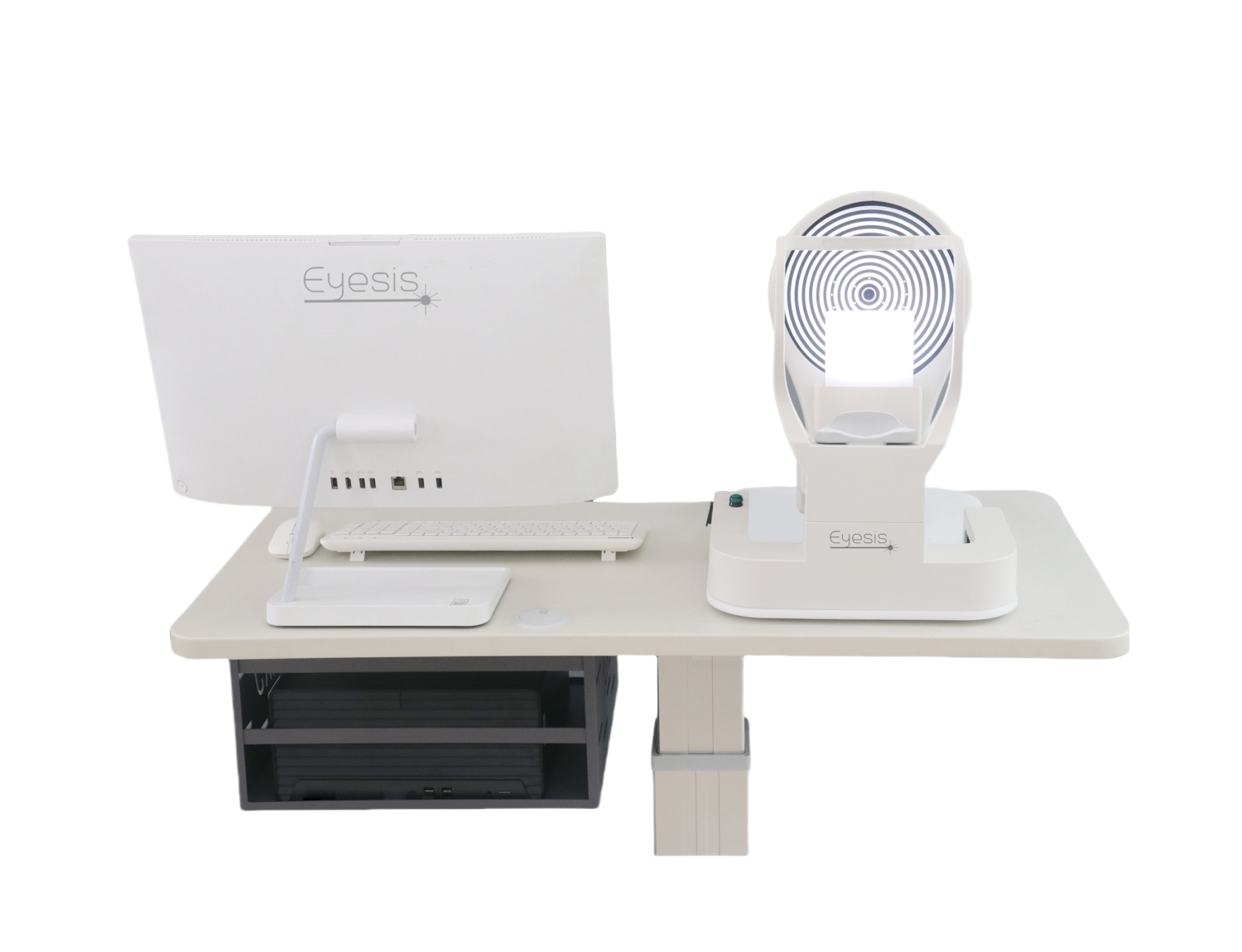Dry eye is currently the most common ocular surface disease. According to the epidemiological survey, the incidence rate of dry eye in China is between 21% and 30%. It is conservatively estimated that the population of dry eye in China is more than 400 million, and one in every five people in the city suffers from dry eye disease. The detection rate of dry eye in hospital outpatient clinics ranges from 6.11% to 52.45%. Accurately diagnosing dry eye is one of the core aspects of dry eye clinical work. In recent years, dry eye examination technology has developed rapidly. Standardizing the diagnostic process for dry eye has significant clinical significance and value for different dry eye diagnostic methods. Proposing dry eye examination techniques, diagnostic processes, and standards suitable for the development of clinical practice in China is a necessary path to promote the standardized and orderly development of dry eye center construction and improve the diagnosis and treatment level of clinical dry eye.
EYESIS Dry Eye Comprehensive Examination Device DEV Series Products Launched

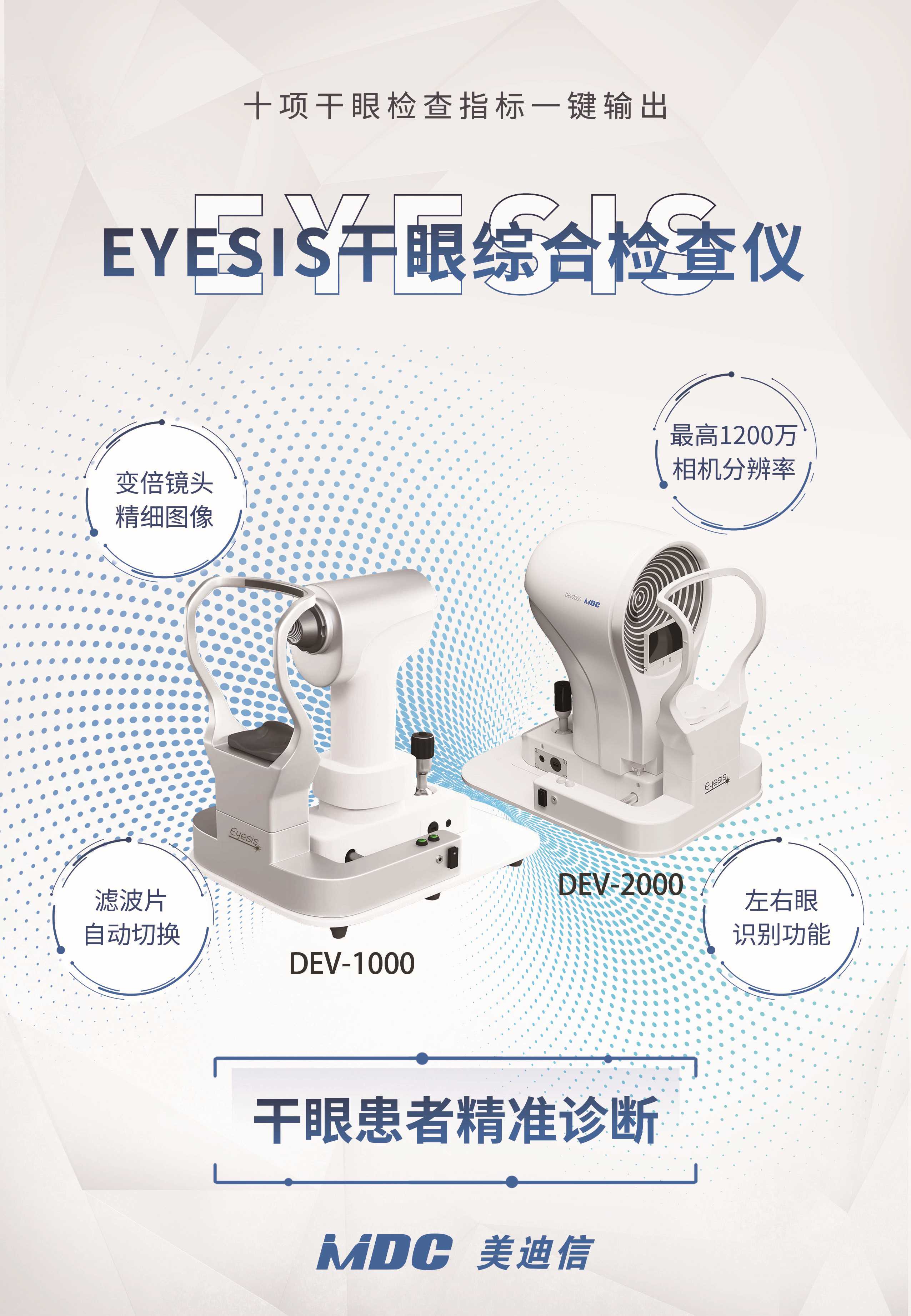
Function Parameter
CCD camera resolution ≥ 12 million pixels, zoom lens resolution ≤ 10 μ m.
Automatic recognition of left and right eyes.
Automatic switching between three imaging modes: white light, near-infrared, and blue light.
Merge three camera modes: joystick button, mouse, and foot pedal.
Non contact tear film rupture time (NIBUT), tear height measurement (TMH), lipid layer thickness measurement, corneal staining, incomplete blink analysis, eyelid margin photography, meibomian gland infrared photography, eye redness analysis, WTW distance analysis, OSDI score and other ten functional tests provide a more comprehensive ocular surface examination. AI intelligent automatic analysis of detection results.
Equipped with high-performance all-in-one machines and printers. Optional open data port, backup data to the designated database platform of the using institution through the network.
Inspection Items
NIBUT
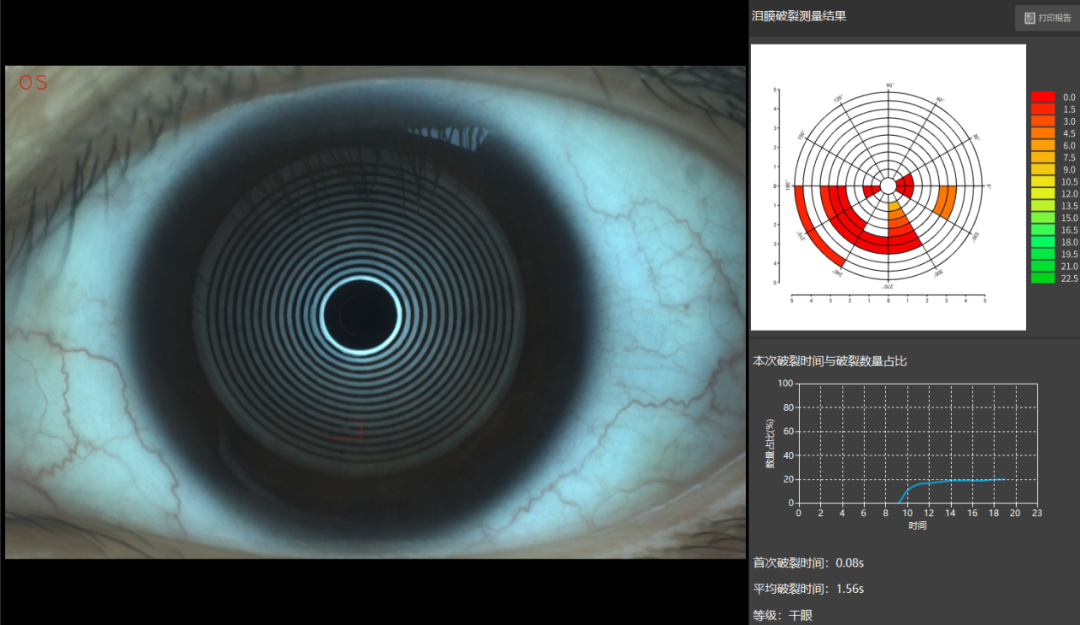
Tear rupture time (BUT) is one of the important objective indicators for diagnosing dry eye and quantifying the severity of dry eye. When the BUT time is greater than 10 seconds, it is considered normal; BUT<10 seconds indicates unstable tear film, rapid evaporation of tears, and suspicion of dry eye; Furthermore, one of the criteria for distinguishing mild to moderate dry eye is a BUT of 2 seconds or more, while one of the criteria for distinguishing severe dry eye is a BUT of less than 2 seconds.
The Medexin EYESIS dry eye comprehensive examination instrument adopts a self-developed AI intelligent tear film analysis program to automatically measure the tear film rupture time. Specific steps: At the beginning of the measurement, the EYESIS dry eye comprehensive examination instrument will automatically record the tear film rupture time and location after the patient blinks twice, and draw tear film rupture distribution characteristic maps in different colors. The AI intelligent program will record the first non-invasive tear film rupture time in numerical form, calculate the average non-invasive tear film rupture time and tear film stability grading, and draw a tear film rupture curve based on the recorded data.
TMH
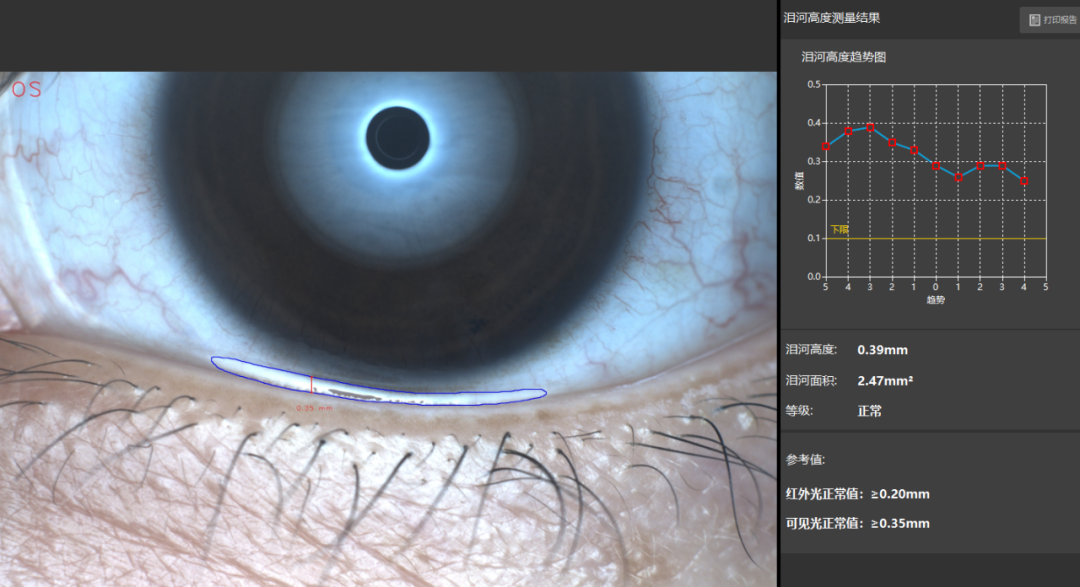
Observe the concave curved surface formed at the junction of tears and eyelid margin, and indirectly evaluate the amount of tear secretion by measuring the height of tear storage; Automatically measure TMH value after taking photos, taking into account both infrared and visible light detection modes: visible light mode with a height ≤ 0.3 mm is used as the critical value for dry eye diagnosis; The infrared mode height ≤ 0.2 mm is used as the critical value for dry eye diagnosis.
In the past, invasive SIt testing was used clinically, requiring high patient compliance to cooperate with the examination. Nowadays, the Medexin EYESIS dry eye comprehensive examination instrument adopts a self-developed AI intelligent program to measure TMH in a non-invasive manner. Specific steps: At the beginning of the measurement, simply aim the EYESIS dry eye comprehensive examination instrument at the patient's eye, and the AI intelligent program will automatically mark the shape of the tear river in a graphical way in about 2 seconds, displaying the height and area of the tear river in numerical form.
Analysis of meibomian gland deficiency rate
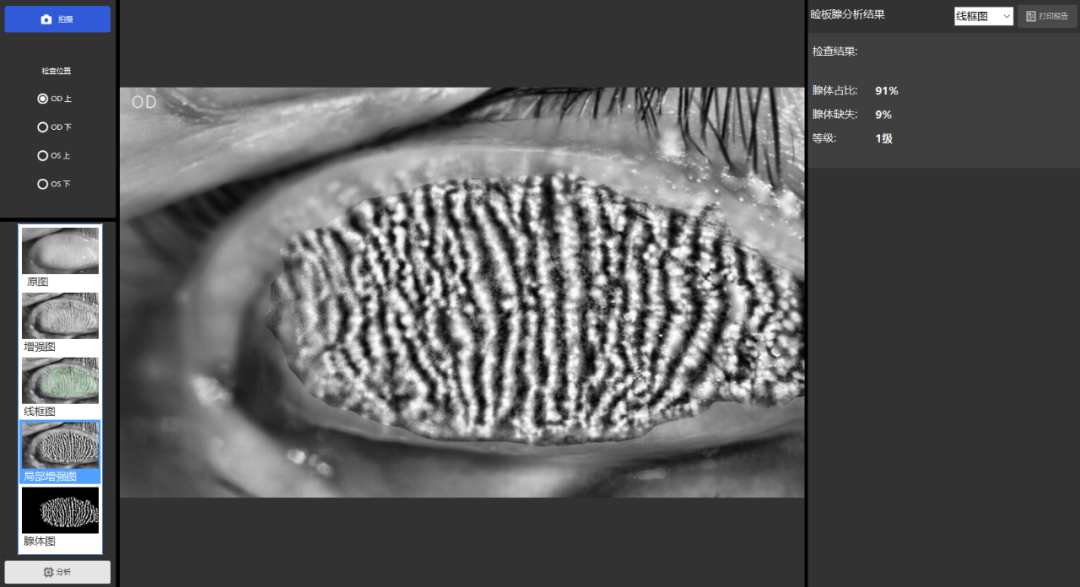
Meibomian gland dysfunction (MGD) is one of the main causes of dry eye. The lipids secreted by the meibomian gland are evenly applied to the surface of the eye through blinking movements, thereby preventing tears from overflowing and delaying water evaporation. If the meibomian gland is blocked or there is a change in the quality and quantity of secretions, it will lead to insufficient lipids in tears, decreased water locking function, and rapid evaporation, resulting in dry eyes.
In the past, ophthalmologists commonly used slit lamps to observe the morphology of meibomian glands and subjectively evaluate their functional status. Nowadays, the Medexin EYESIS dry eye comprehensive examination instrument uses a self-developed AI intelligent program to automatically analyze the upper and lower meibomian gland of patients. It can not only quickly mark the morphology of meibomian gland and display it in various enhanced high-definition images, but also objectively display the proportion and absence of meibomian gland in numerical form.
Clinical Value
